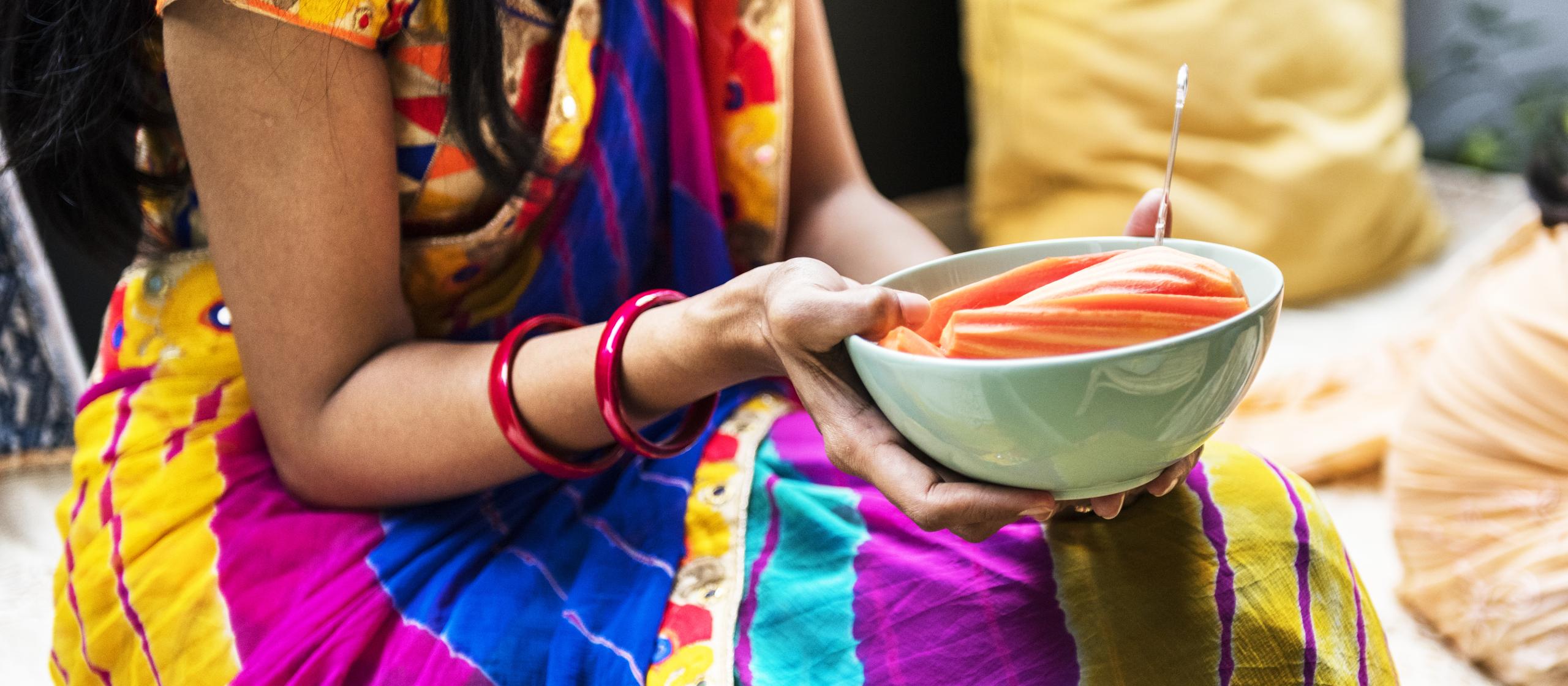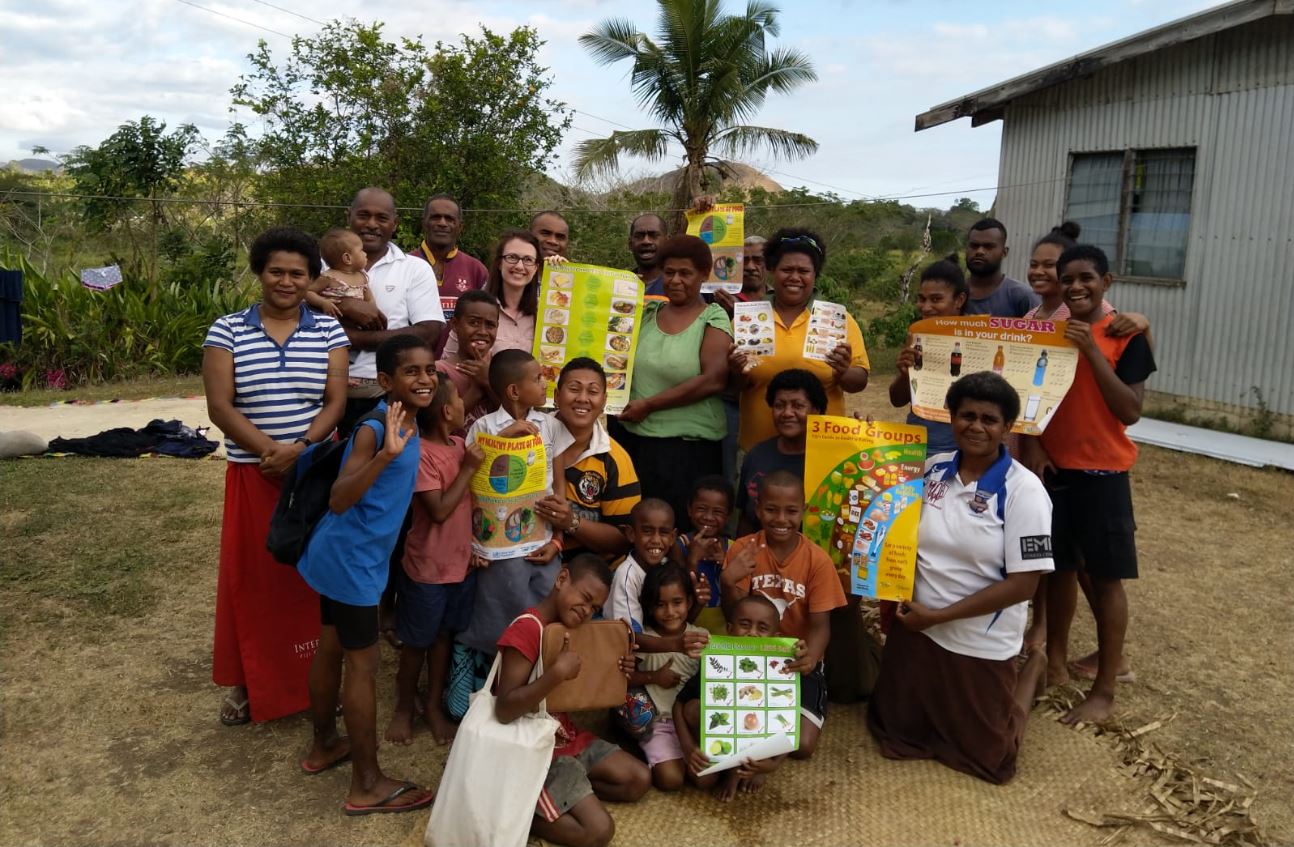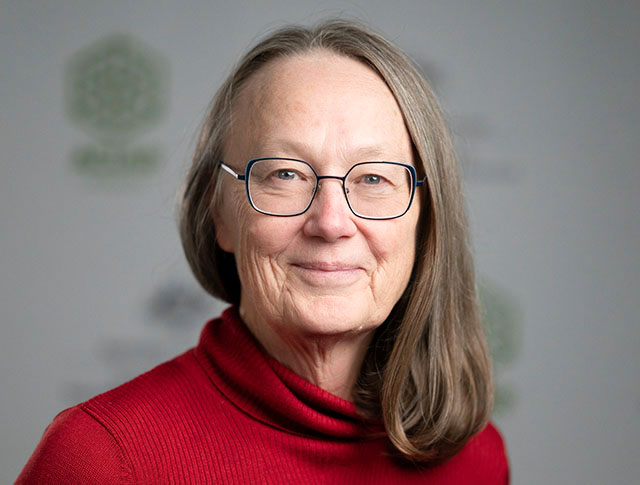- HomeHome
-
About ACIAR
- Our work
- Our people
-
Corporate information
- ACIAR Audit Committee
- Commission for International Agricultural Research
- Policy Advisory Council
- Agency reviews
- Executive remuneration disclosure
- Freedom of information (FOI)
- Gifts and benefits register
- Information publication scheme
- List of new agency files
- Contracts
- Legal services expenditure
- Privacy impact assessment register
- Commonwealth Child Safe Framework
- Benefits to Australia
- Careers
- 40 years of ACIAR
-
What we do
- Programs
- Cross-cutting areas
- Resources
- Where we work
-
Funding
- Research projects
- Fellowships
-
Scholarships
- John Allwright FellowshipScholarships to study in Australia for ACIAR partner country scientists to have Australian postgraduate qualifications
- ACIAR Pacific Agriculture Scholarships and Support and Climate Resilience Program
- Alumni Research Support Facility
- Publications
- News and Outreach
Date released
07 July 2021
Whether you put them in stews, sauté them with rice or eat them raw, fruits and vegetables form the cornerstones of healthy diets around the world. They not only supply our bodies with rich nutrients but also provide livelihoods to millions of smallholder farmers—especially women, who generally tend to be more active in horticultural farming than men.
With 2021 marking the International Year of Fruits and Vegetables (IYFV) in the middle of a global pandemic, IYFV is dedicated to raising awareness of the important role of fresh produce in human nutrition, food security and health.
‘In the current health crisis we are facing around the world, promoting healthy diets to strengthen our immune systems is especially appropriate,’ Food and Agriculture Organization of the United Nations Director-General, Mr Qu Dongyu, said during the launch of IYFV while emphasising the importance of technology and innovation in sustainable food production.
ACIAR horticulture research
At ACIAR, fruits and vegetables have ‘always been a really important part of our program’, says Ms Irene Kernot, ACIAR Research Program Manager for Horticulture.
But, ACIAR’s approach to horticulture research has gone through changes over the years from having a focus mostly on improving livelihoods and production systems to placing increased emphasis on nutrition and health.
Ms Kernot says the shift happened within the past 10 years ‘and I think it will continue to grow’. One reason is that if farmers and others residing in rural villages aren’t healthy then it’s difficult to improve their livelihoods.
Growing diversity
A survey conducted by ACIAR-supported researchers in Papua New Guinea’s Autonomous Region of Bougainville has shown that lower yield and lower incomes directly correlate to farmers developing more than two types of chronic ailments.
Poor nutrition also contributes to stunting: a major life-long problem for children in the Pacific region. And noncommunicable diseases, partially driven by unhealthy diets, represent the single largest cause of premature mortality in the Pacific region, according to the World Health Organization.
But, farmers’ ability to grow more diverse, higher quality fruits and vegetables doesn’t necessarily translate to improved family diet. At least that’s what an ACIAR researcher found in Sigatoka Valley, also known as the “salad bowl” of Fiji.
‘The fruit and vegetables were all going for sale while the people’s diets were still very strongly focused on the starchy staples. So sometimes obvious interventions don’t make a difference. You really need to work with the communities to understand,’ says Ms Kernot.
Part of the challenge is the universal appeal of instant food. Being able to toss something into the microwave after a long day at work is more convenient than having to cook a meal.
Another challenge is societal perceptions of takeaway food. Some people—especially those trying to move up the socioeconomic ladder—believe that ordering out shows others that you are financially well off. That was highlighted during an ACIAR project in Africa, which looked at incorporating indigenous vegetables into school food programs. ‘The researchers really had to work around the perception that this was poor, yucky food you wouldn’t really feed your family if you were upwardly mobile,’ says Ms Kernot.
Investing for nutrition
Moving forward, ACIAR plans to increase investment in nutrition, especially in Pacific island countries and Africa. Focus areas include establishing school gardens that engage children from a young age, diversifying crop systems and emphasising the value of nutritious indigenous vegetables like the orange-reddish Fe’i banana in the Pacific region over imported bananas like Cavendish.
Ms Kernot says good nutrition isn’t just about horticulture, it’s about a whole balanced diet that incorporates starch, livestock, fish etcetera. With increasing climate disasters affecting every facet of life, nutrition programs might need to look into shortening supply chains to strengthen food security as well as examining urban and peri-urban systems so that people can grow horticulture products where there isn’t a lot of land, like in hydroponic systems or on rooftops.
ACIAR plans to continue communicating its nutrition goals by participating in United Nations Food Systems Summit Dialogues around IYFV, and through the recently launched Food Loss Research Program.
Ms Kernot says that she and her colleagues also intend to hold internal discussions that will enable researchers to brainstorm and better understand the nutritional impacts of their projects across various portfolios.
‘We’re talking more internally and engaging in global discussions and hoping that all of this translates to real action,’ she says. ‘That’s the challenge.’





